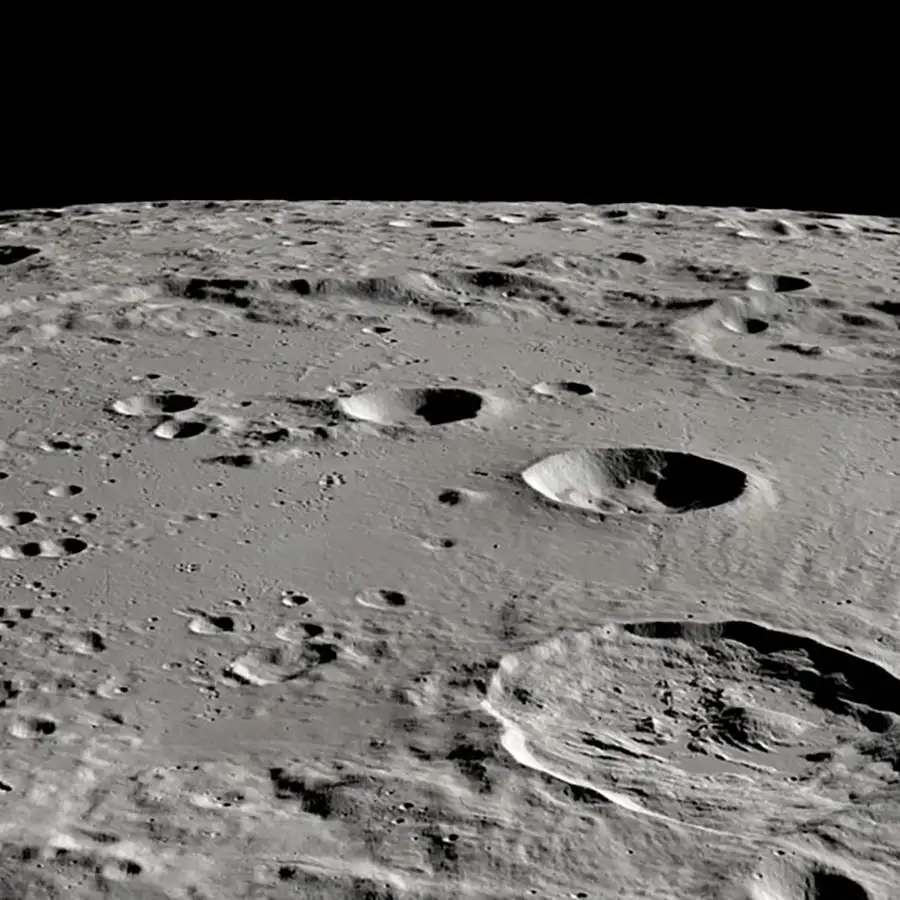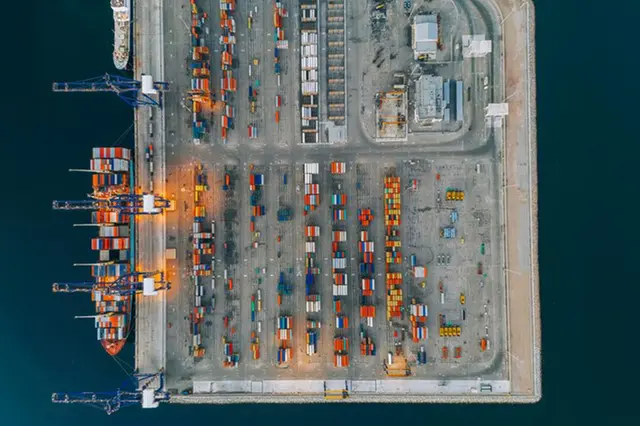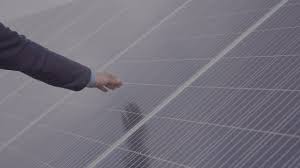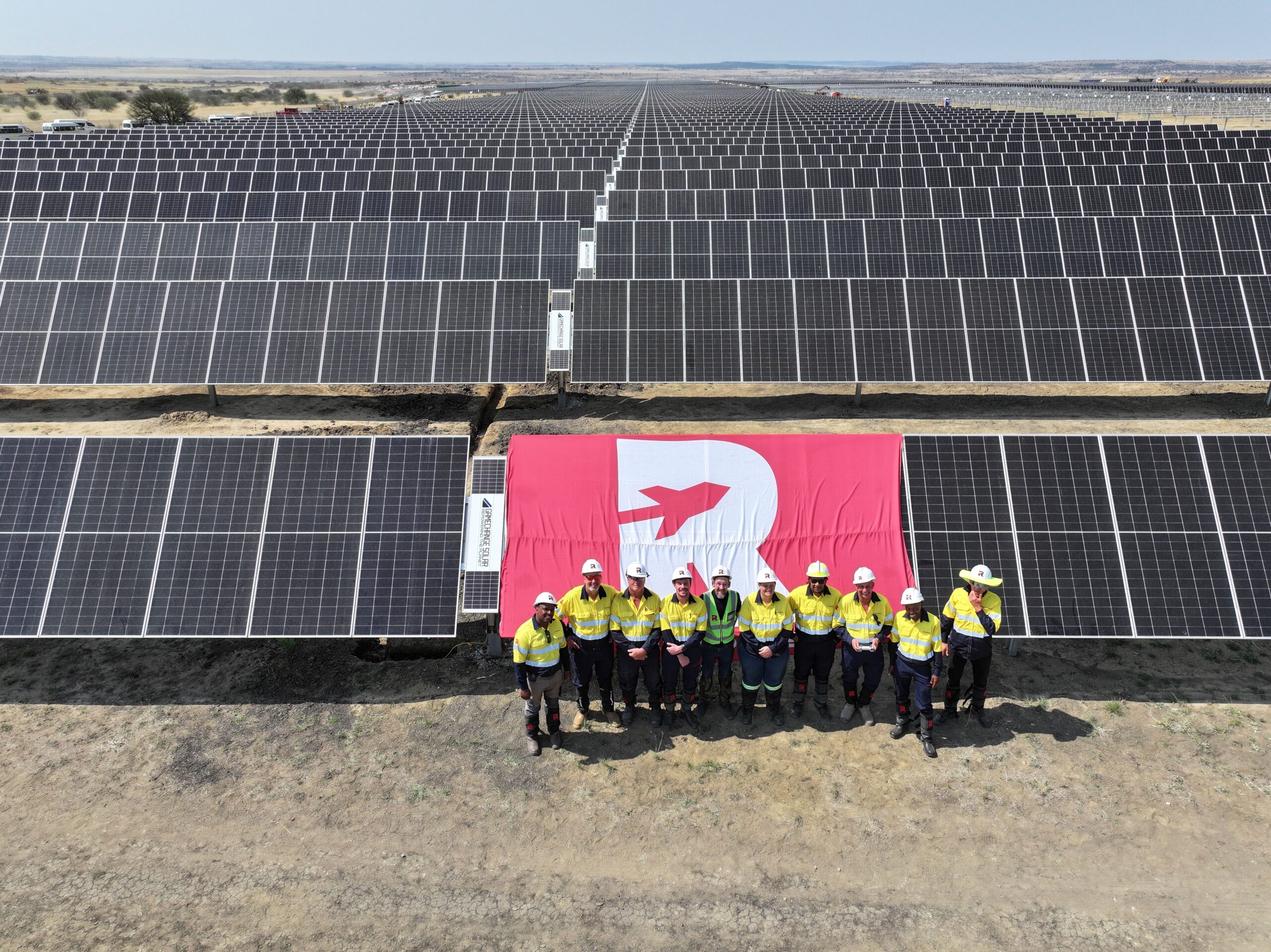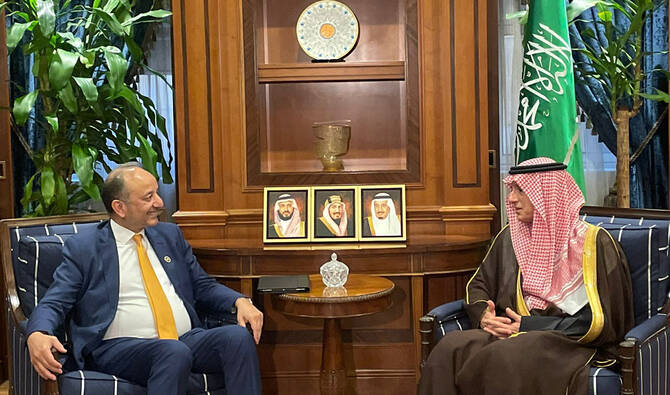Video News / Mining Other
Zimbabwe Solar energy to power lithium mine ...
Paul Miller, Head of Business Development at Decentral Energy, highlights the symbiotic relationship between power generation and mining
Follow our WhatsApp channel for exclusive daily content, breaking energy and water news, tenders, insights from industry experts and more
Solar plant for lithium mine part of wider RE drive in Zimbabwe
The development forms part of a wider drive among Zimbabwe’s major mining companies to expand renewable energy capacity and ensure stable power for mineral processing and beneficiation.
Prospect Lithium Zimbabwe (PLZ), a subsidiary of China’s Zhejiang Huayou Cobalt Limited – one of the world’s largest producers of lithium-ion battery materials – is investing in the solar facility to safeguard its operations against chronic grid constraints.
Zimbabwe’s power utility currently struggles to meet peak demand of around 2,200MW with domestic generation capacity fluctuating at approximately 1,400MW.
The new power plant will serve PLZ’s Goromonzi-based lithium processing and value-addition facilities, including a $400 million lithium sulphate plant scheduled for commissioning in the first quarter of 2026.
Have you read? Solar rollout powers 1,072 Zimbabwe health facilities
Once operational, the facility is expected to produce about 60,000 tonnes of lithium sulphate annually – a higher-value product than the raw spodumene and petalite concentrates currently exported.
During a recent inspection of Arcadia Mine, Mines and Mining Development Minister Winston Chitando commended PLZ’s investment in self-generation, noting that the company was “doing all it could to curb downtime at the mine.”
“The tour has revealed a massive construction being carried out by Prospect. They are constructing a 70-megawatt power station. This is coming from the investor’s recognition of the need to augment power supply to the mine and undertake the necessary investments to maintain consistency in power supply,” Chitando said.
Policy to grow IPPs
The company’s decision to develop independent generation capacity aligns with Zimbabwe’s policy on Independent Power Producers (IPPs), which encourages private-sector participation in electricity generation through incentives and long-term purchase agreements.
According to local media, PLZ’s solar project is one of several renewable energy ventures being rolled out across the country’s mining sector as operators seek reliable power to sustain operations and meet environmental targets.
Zimplats, Zimbabwe’s largest platinum producer, is developing a 185MW solar project, with an initial 35MW phase commissioned in July 2025. Caledonia Mining’s Blanket Mine in Gwanda brought a 12.2MW solar plant online in 2023 at a cost of $14m, while Turk Mine in Bubi District operates a 4.4MW solar farm that fully powers its operations.
Dinson Iron and Steel Company has also invested in a 50MW internal generation facility in Chirumhanzu.
Meanwhile, cement producer PPC Zimbabwe has announced plans to build two solar power plants valued at $40m – a 20MW facility in Colleen Bawn and a 10MW plant in Bulawayo.
These will supply the company’s cement factories and reduce reliance on the national grid.
Push for local lithium beneficiation
The renewable energy push coincides with Zimbabwe’s policy to promote local beneficiation in the lithium sector.
The government banned the export of raw lithium ore in 2022 to curb smuggling and maximise domestic value addition. Authorities are reportedly considering extending the ban to include lithium concentrates by January 2027.
Energy and Power Development Minister July Moyo has also outlined a national renewable energy agenda, including the Kariba Floating Solar Project, a 22MW Pomona waste-to-energy initiative and several large-scale solar parks in Matabeleland, Midlands and Mashonaland West provinces.
As PLZ nears 75% completion of its lithium sulphate plant, the company expects to more than double its revenue once production begins in 2026.




